5 tips to master portion sizes
By Jessah Robinson, Adv Dip (Nut Med)
As we all know, obesity is an epidemic that is showing no signs of slowing down any time soon. Large portion sizes are one of the many contributors to overeating and unwanted weight gain. Controlling portion sizes is an essential step for preventing overindulging and regulating food intake. Here are 5 tips to keep in mind when it comes to serving meals:
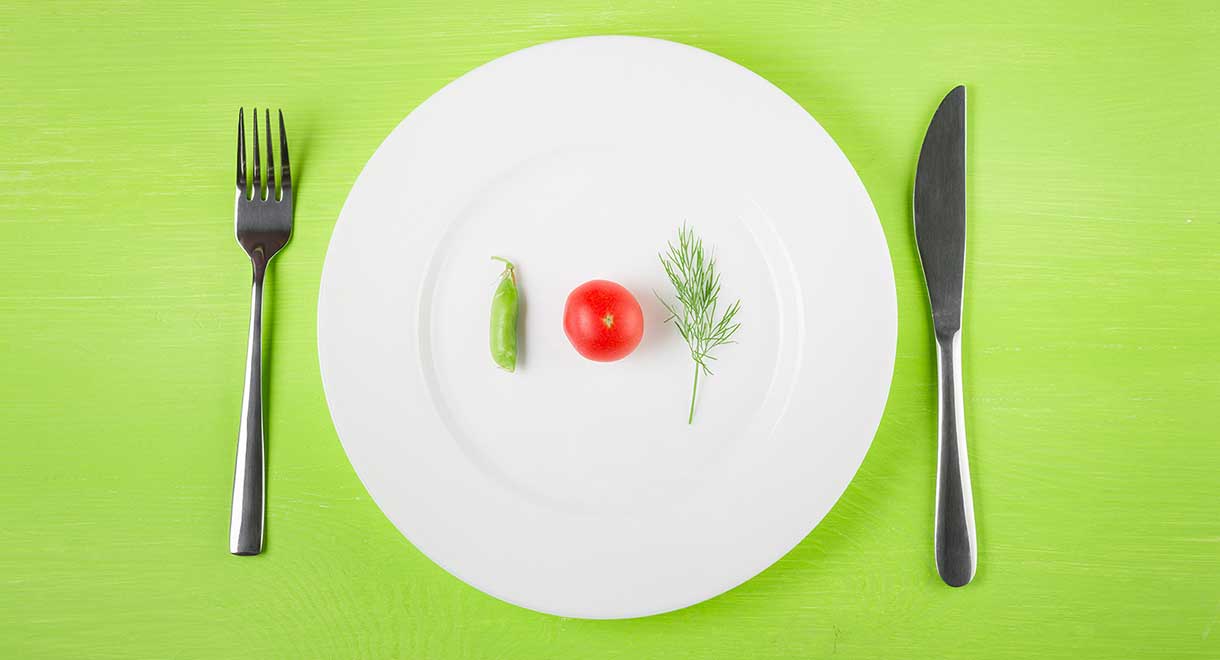

1. Use smaller plates
So simple, yet so effective. One study found that people using a large bowl ate 77% more pasta than those using a medium-sized bowl. This makes sense as using large plates makes food look smaller, which often leads to overeating. Thus, reducing the size of your dinnerware can make your serving size look more substantial and cause you to consume less. Keep this in mind next time you’re serving up dinner.


2. Let your hands guide you
Not only are hands key to performing so many everyday tasks, but can also be used to correctly measure portions. Hands correspond to body size, so people who require more food will generally have bigger hands. For example, high-protein foods such as meat, fish, eggs, chicken and legumes should be a palm-size for women and two palm-sizes for men. While, vegetables and salads should be a fist-sized portion for women and two fist-sizes for men.
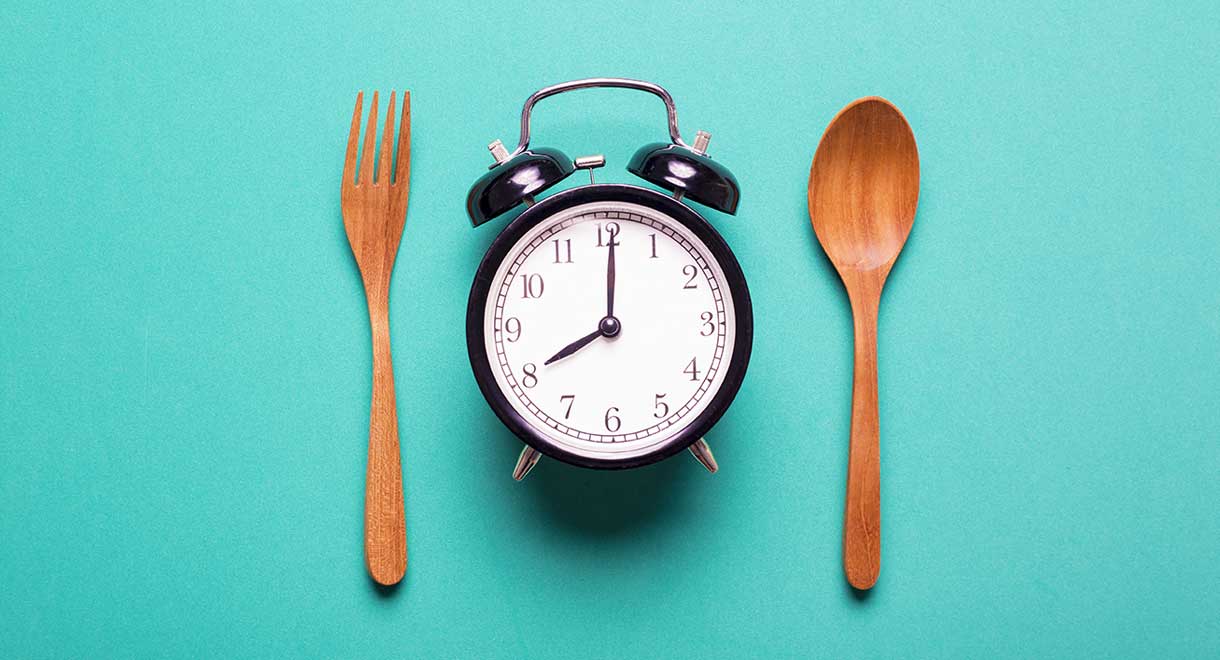

3. Take your time
It can take up to 20 minutes for our satiety signals to kick in and indicate fullness, so if you are eating in a hurry the chances of overeating increase significantly. Rather than scoffing down your food, try and chew your food 10 times before swallowing. This allows for better digestion and also gives you more time to realise you are full. This technique will also allow you to better appreciate your food and focus on the taste and how the nutrients are benefiting you.
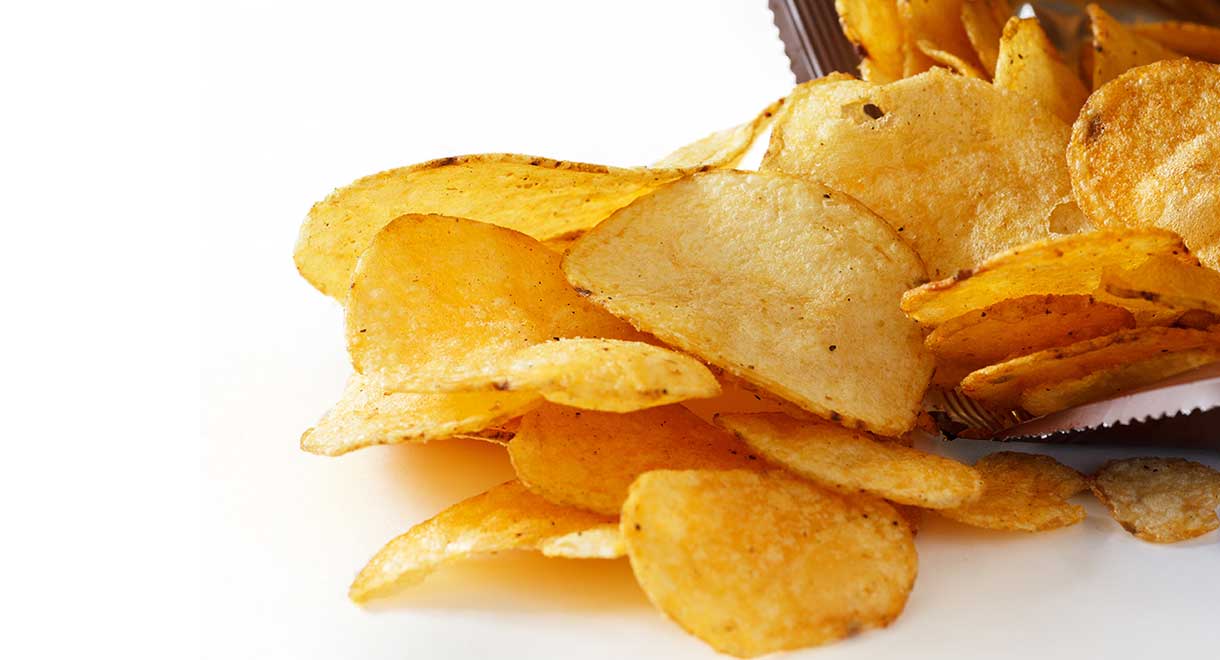

4. Don’t eat straight from the packet
Jumbo-sized packets or food served out of large containers encourages overeating and less awareness of appropriate portion sizes. This especially applies to snack foods such as chips, pretzels, biscuits, etc. Evidence suggests that people are inclined to eat more out of large packages than small ones – regardless of food taste or quality. So rather than eating snacks straight out of the original packaging, empty them into a small bowl or small sandwich bag when packing work lunches. This way you can still enjoy treats, but without overdoing it.
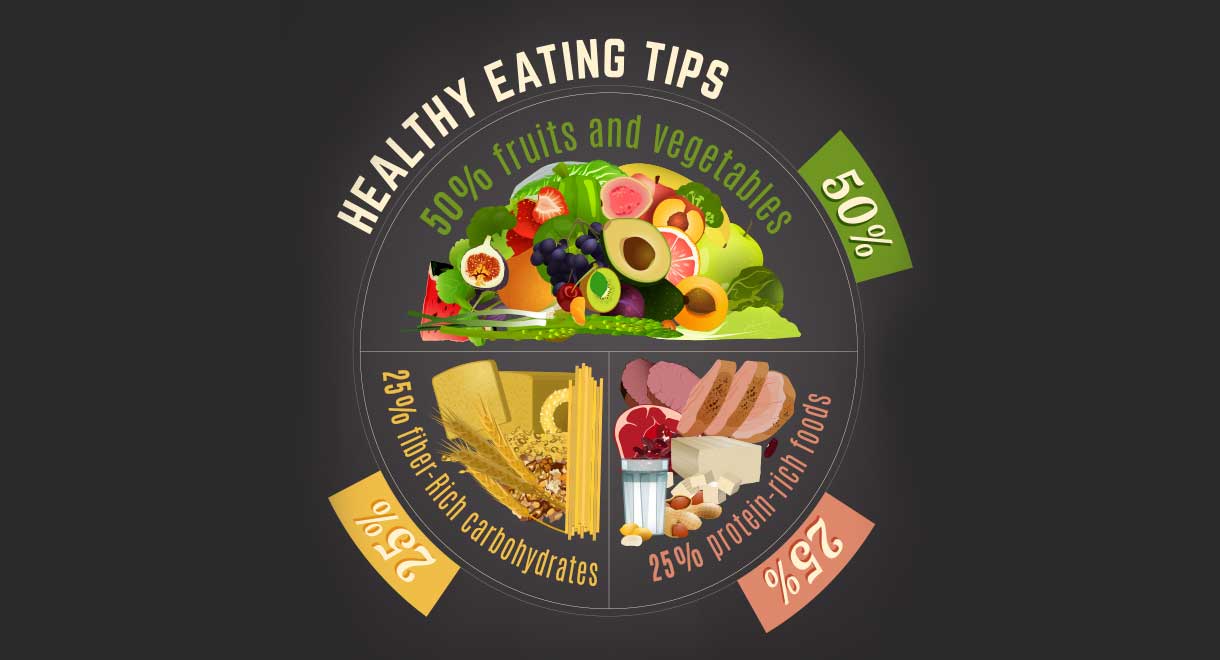

5. Use your plate as a guide
If you don’t like the idea of measuring food, you can always use your plate as a direct guide. For example; half of your plate should consist of vegetables or salad, a quarter of your plate should consist of a protein source such as fish, meat, chicken or tofu, the remaining quarter should contain complex carbs such as whole grains and starchy vegetables such as potato, while high-fat sources such as butter or healthy oils including olive, macadamia and avocado oil should be about 1-2 tablespoons. Keep in mind though that this is a rough guide, as dietary needs can vary a lot between individuals.
QuickLoss meal replacement powder has been designed to make weight loss quicker, simpler and healthier. It provides 40-50% of the RDI of most vitamins and minerals per serve, to ensure you are getting the nutrition you need to be healthy and energetic.
References:
https://www.ncbi.nlm.nih.gov/pubmed/21982579
https://www.ncbi.nlm.nih.gov/pubmed/17126628


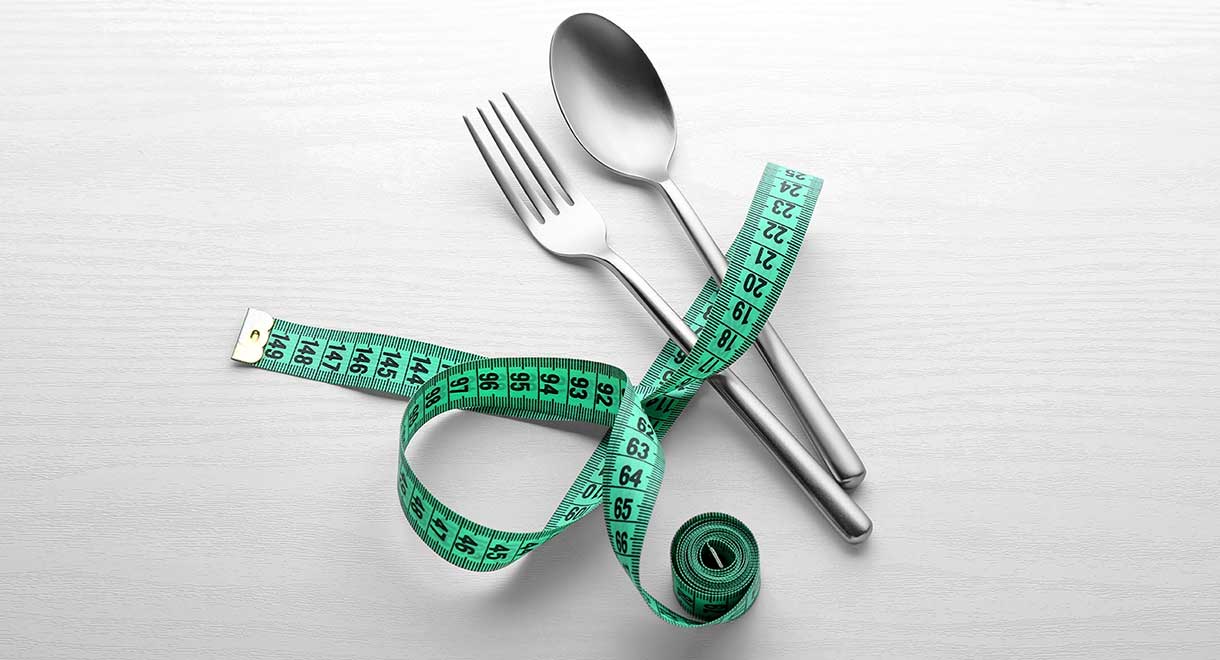

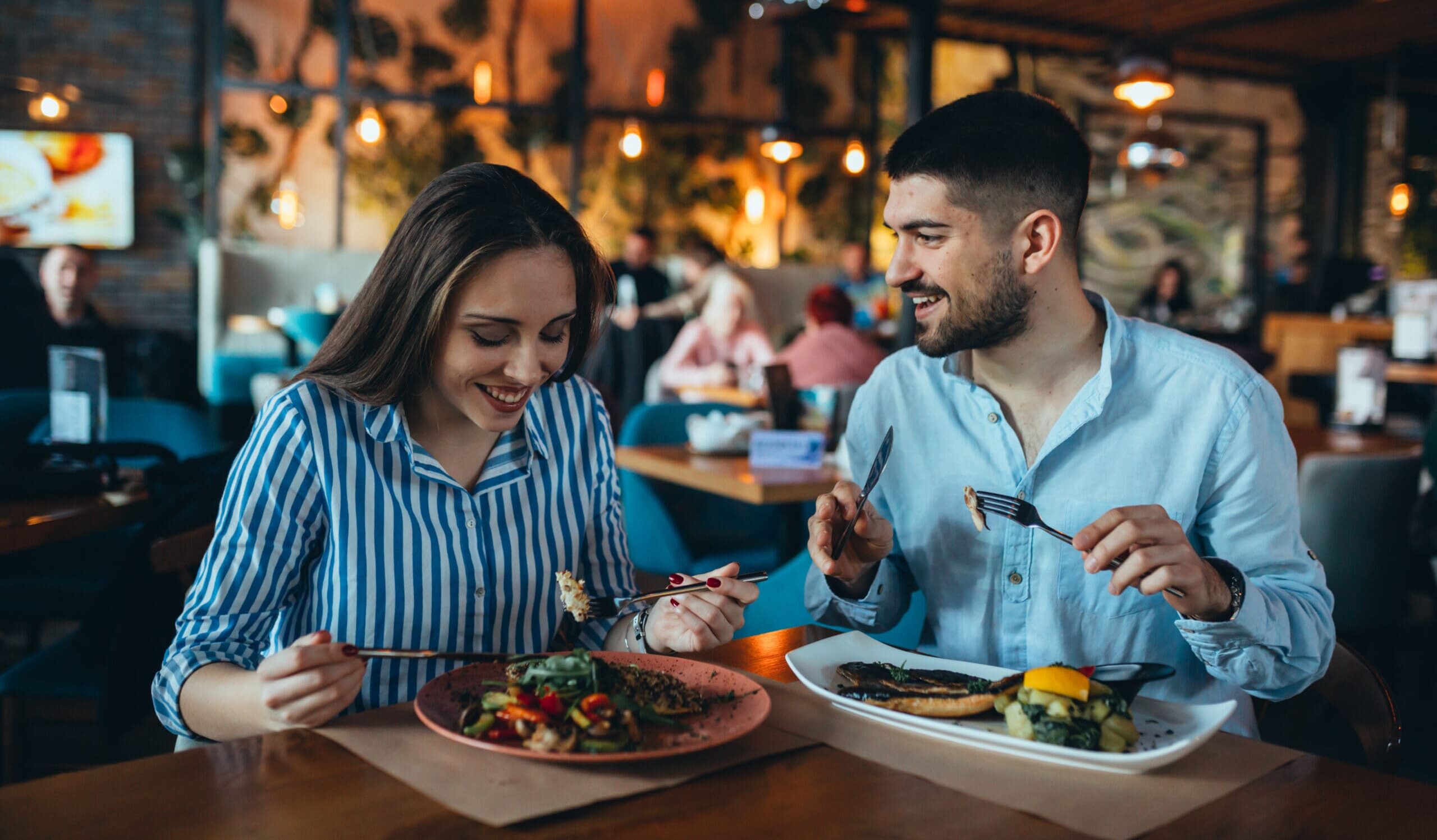
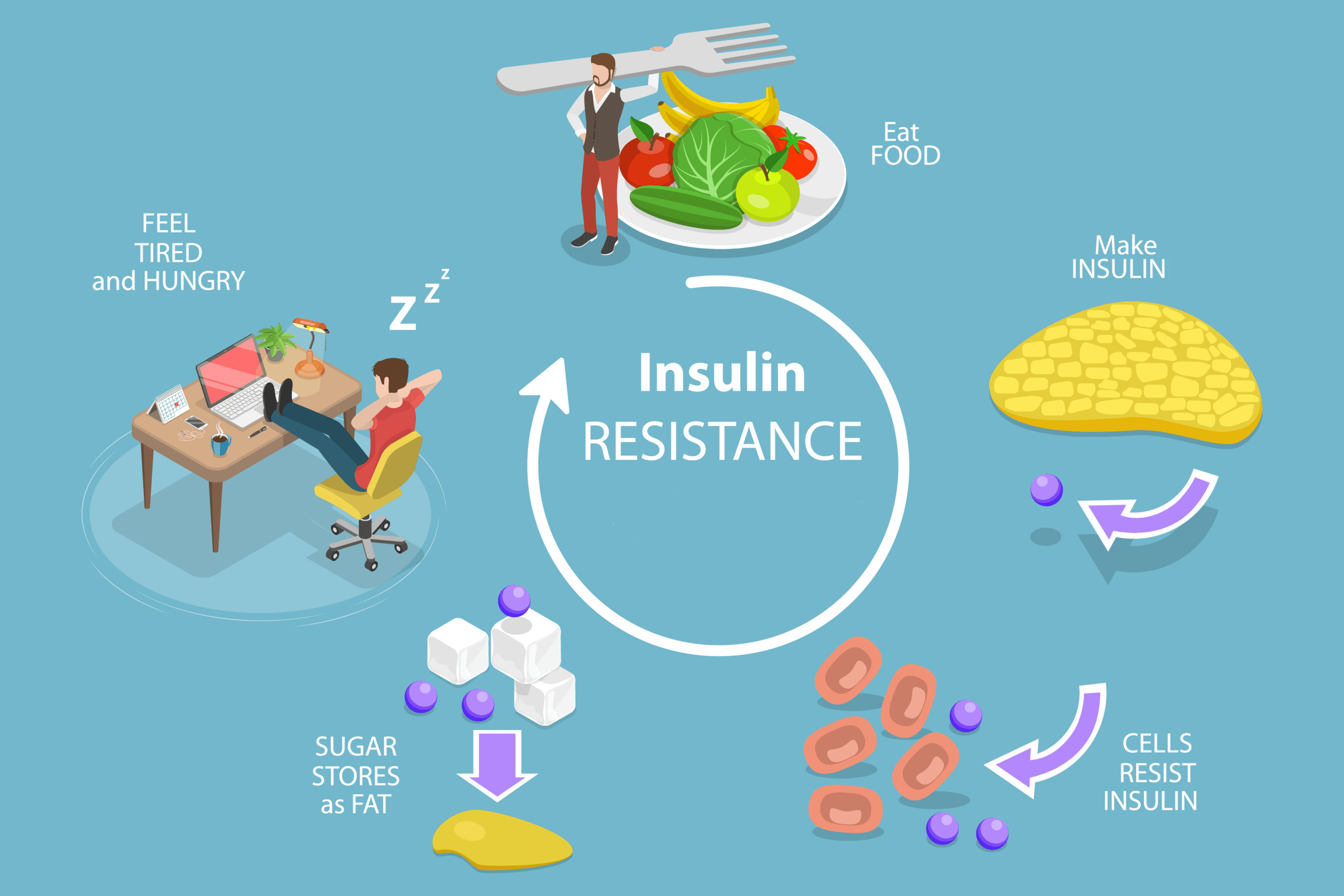

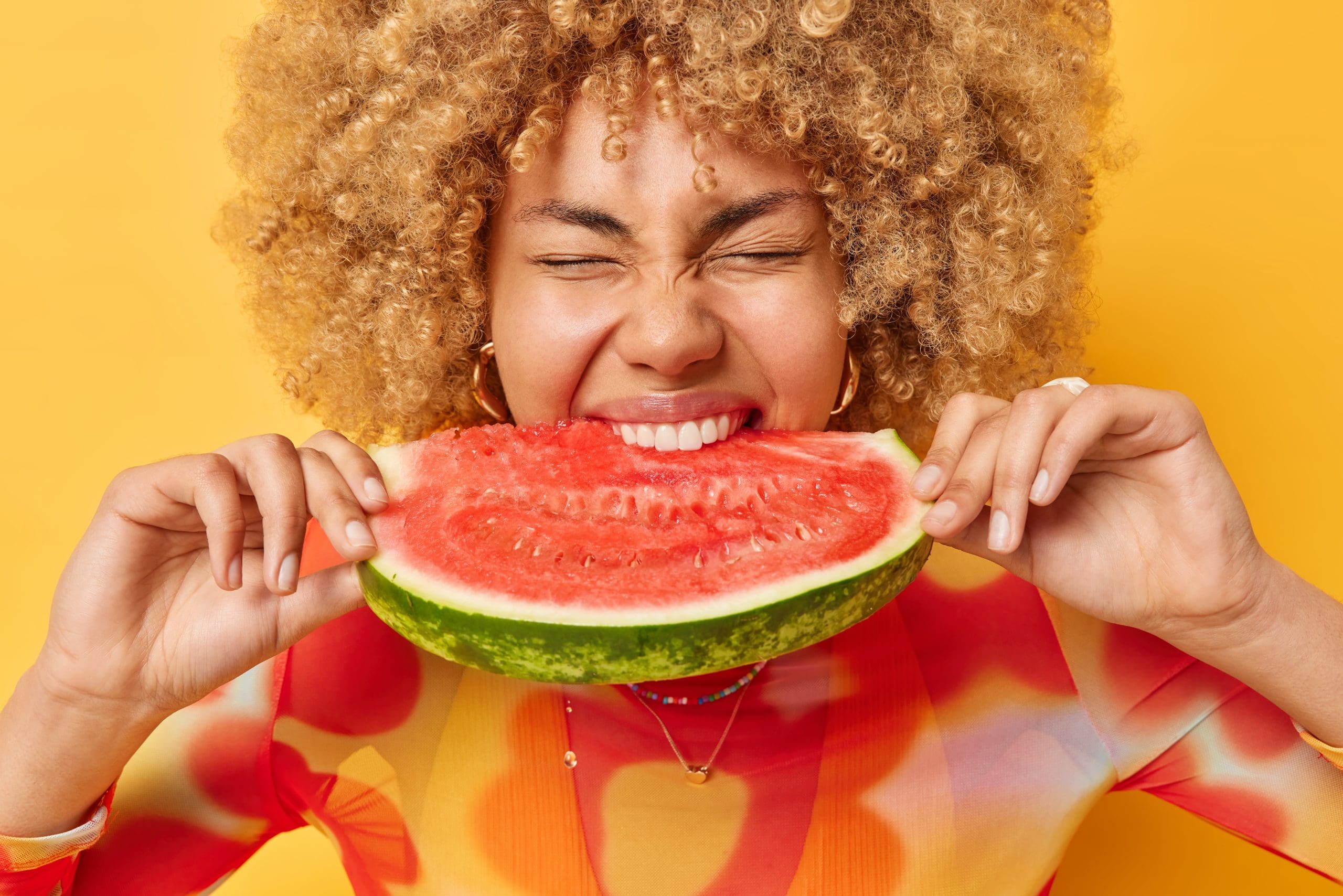
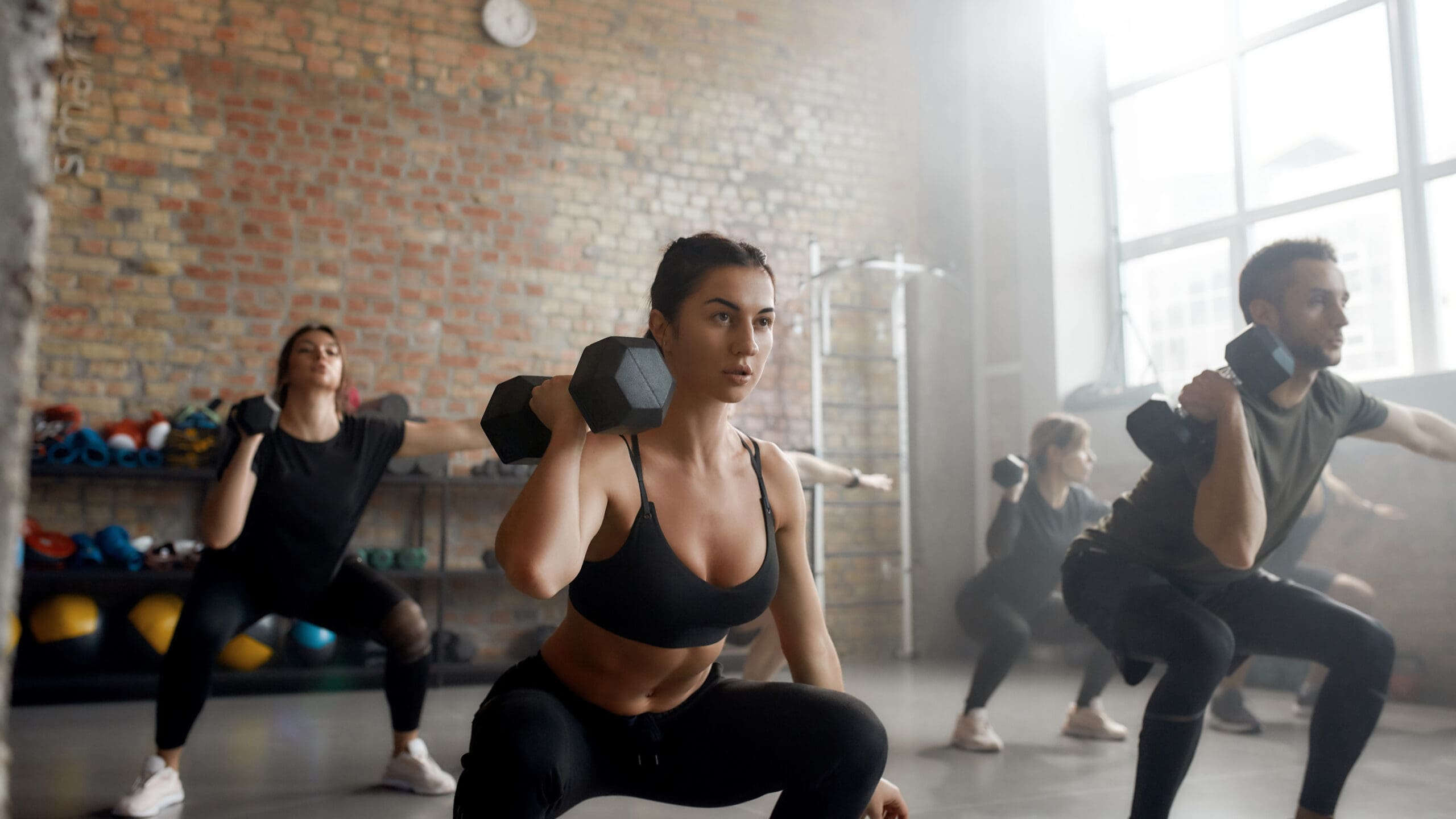
Leave A Comment